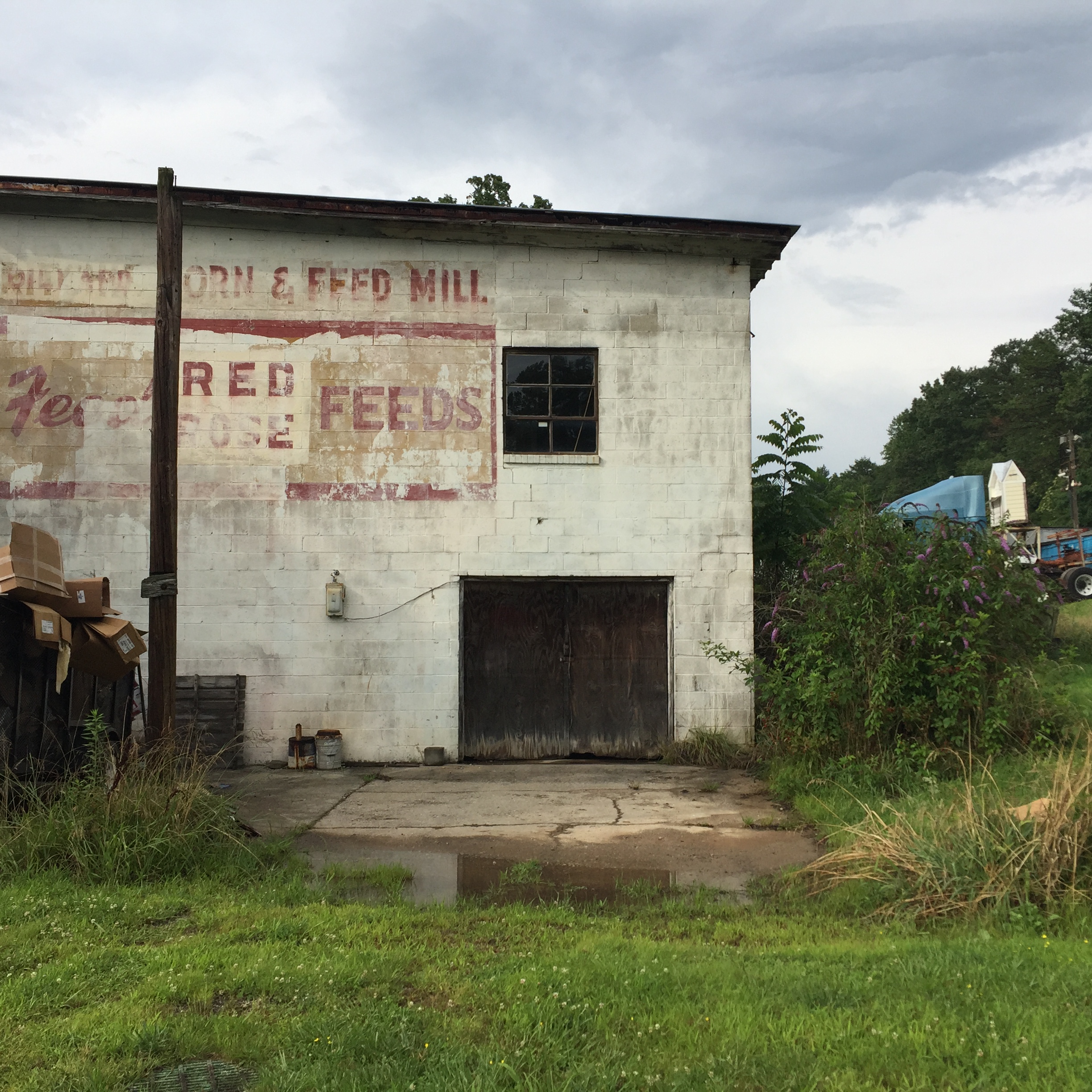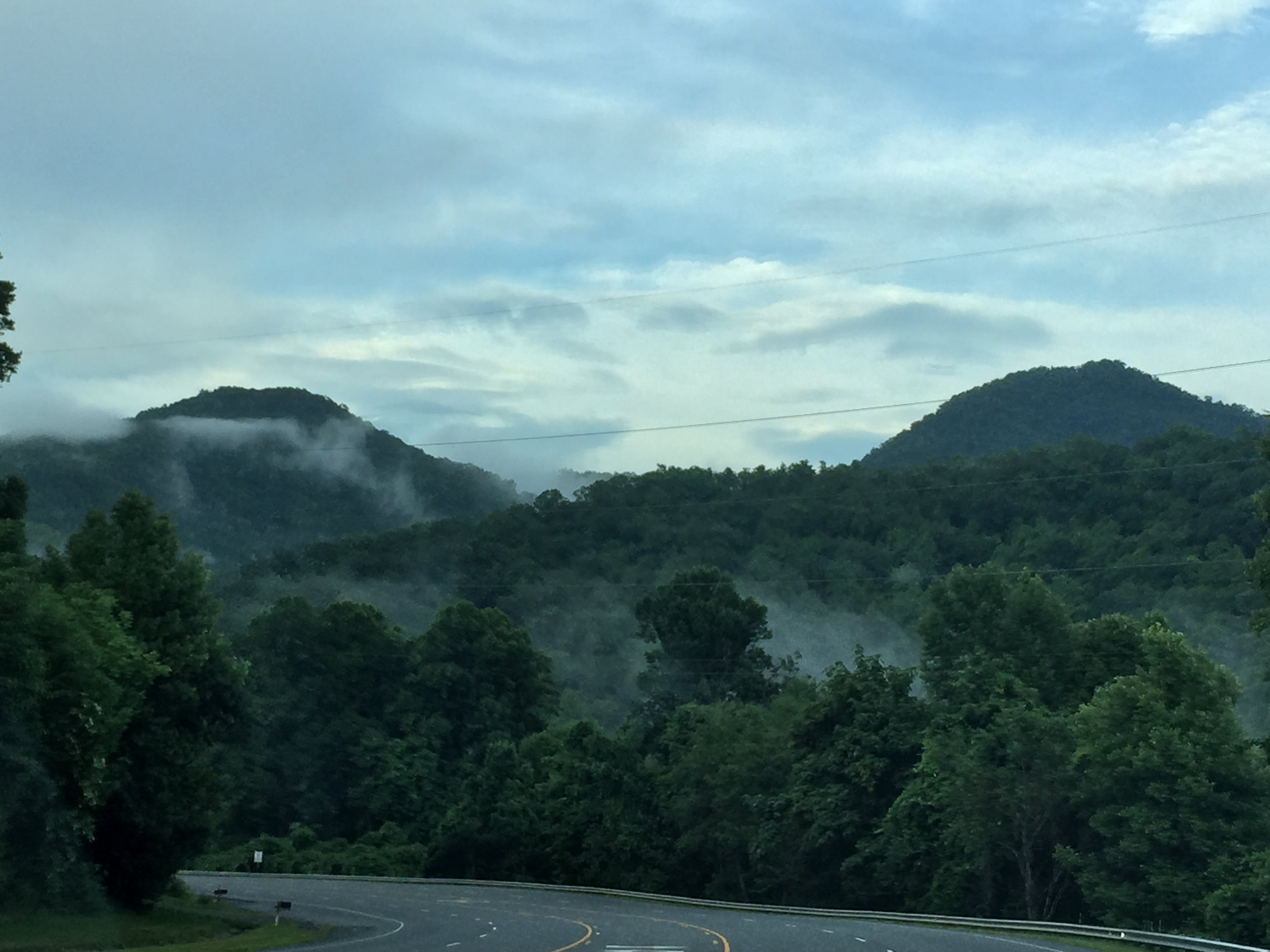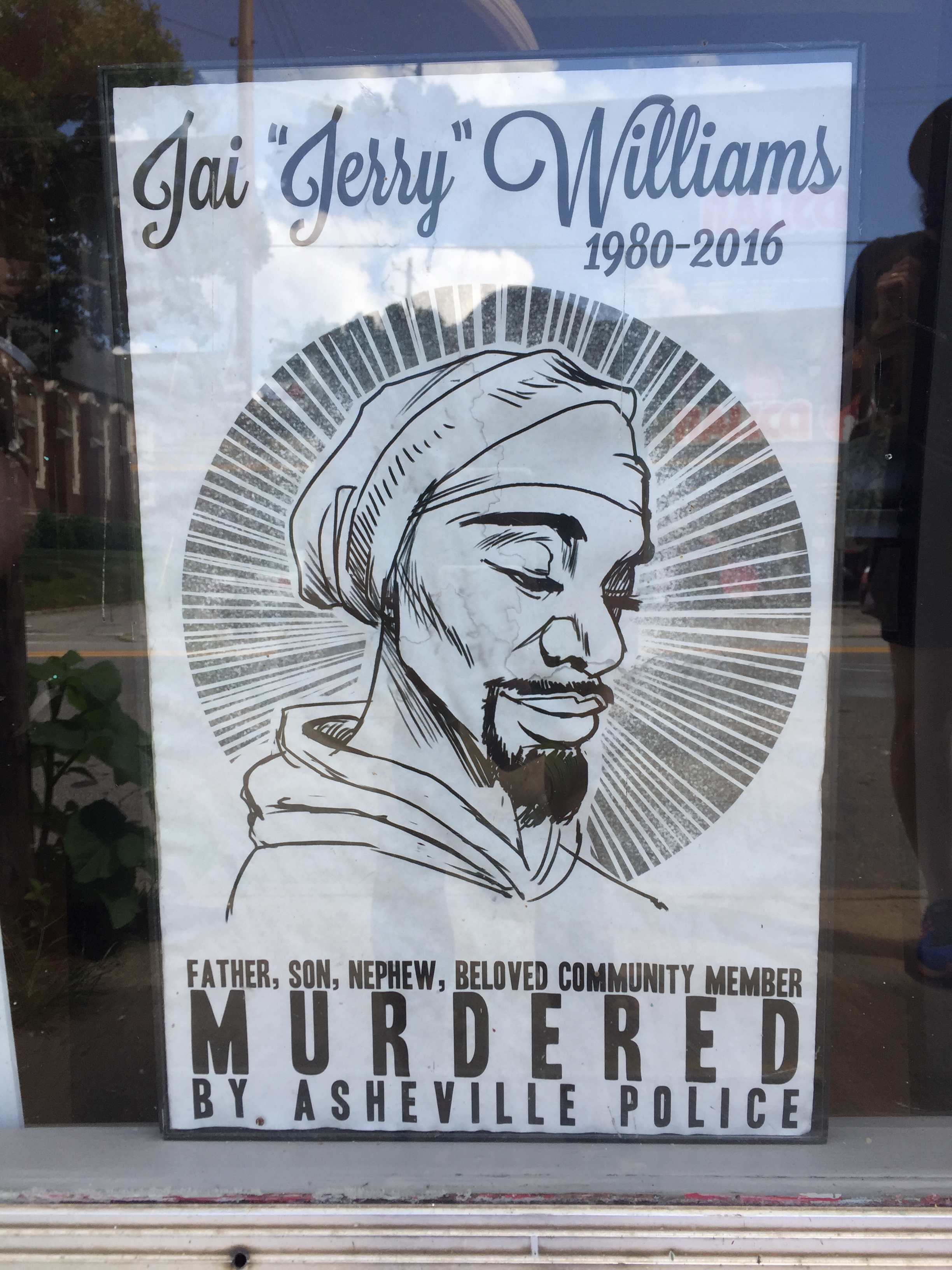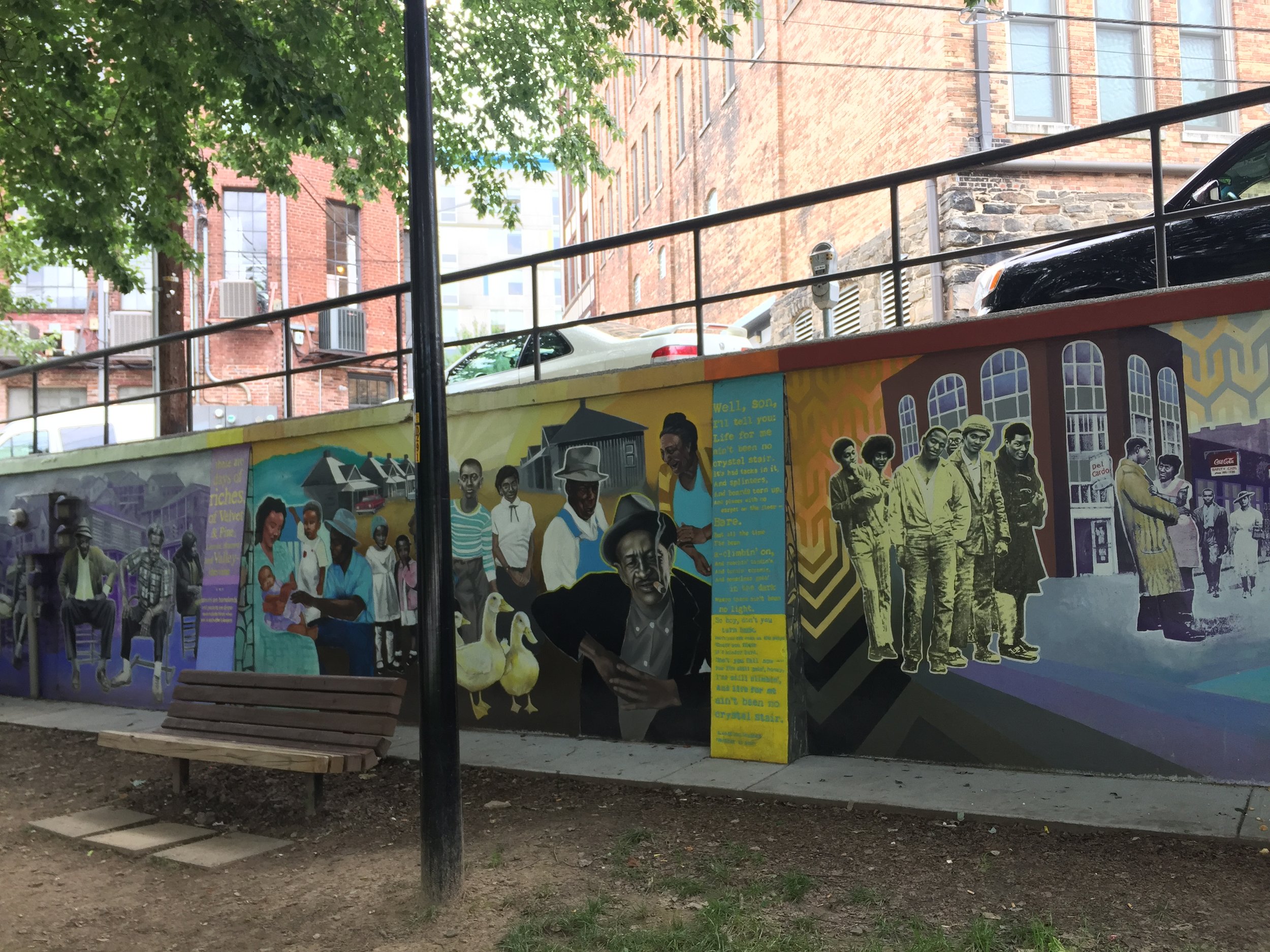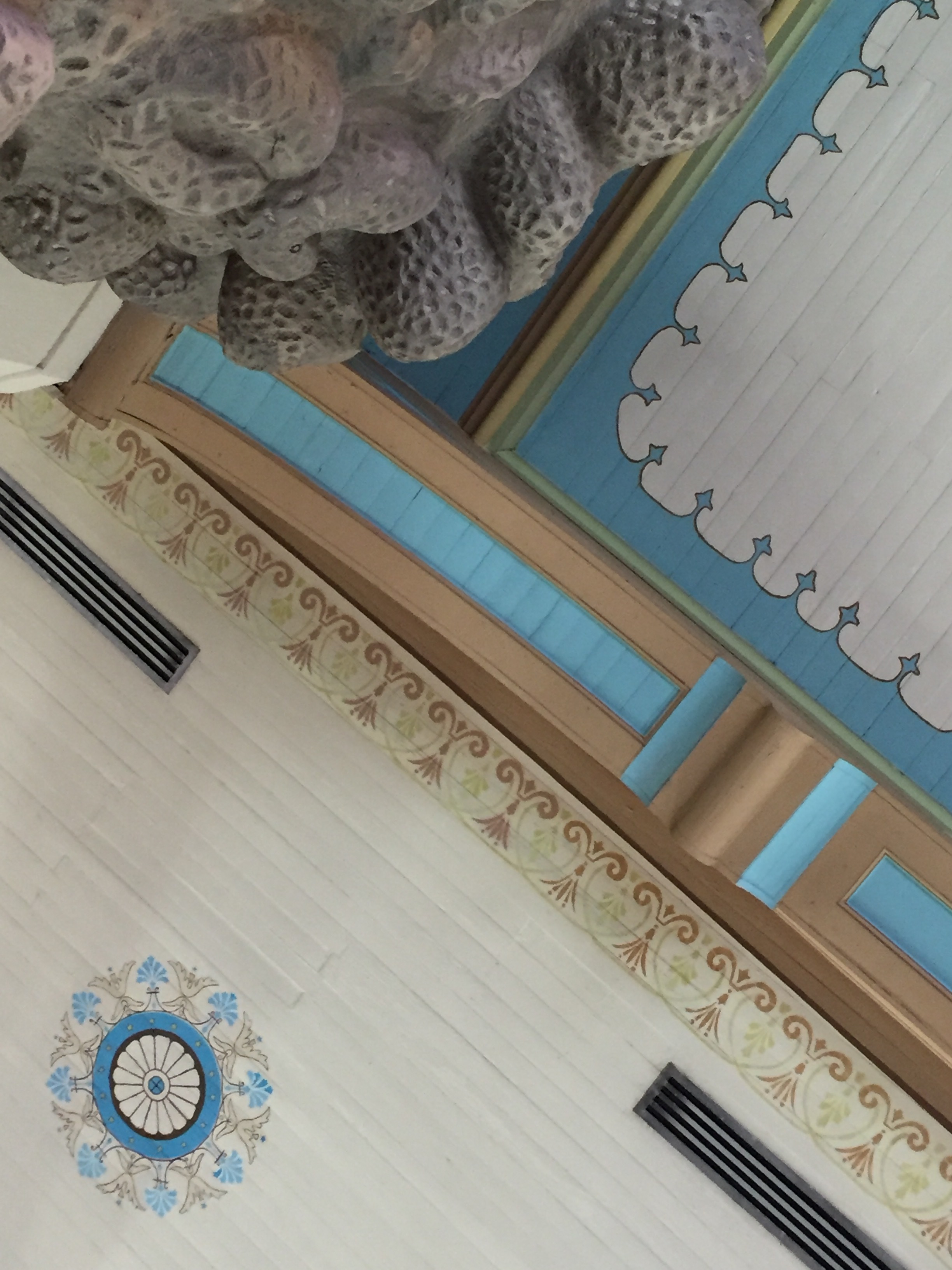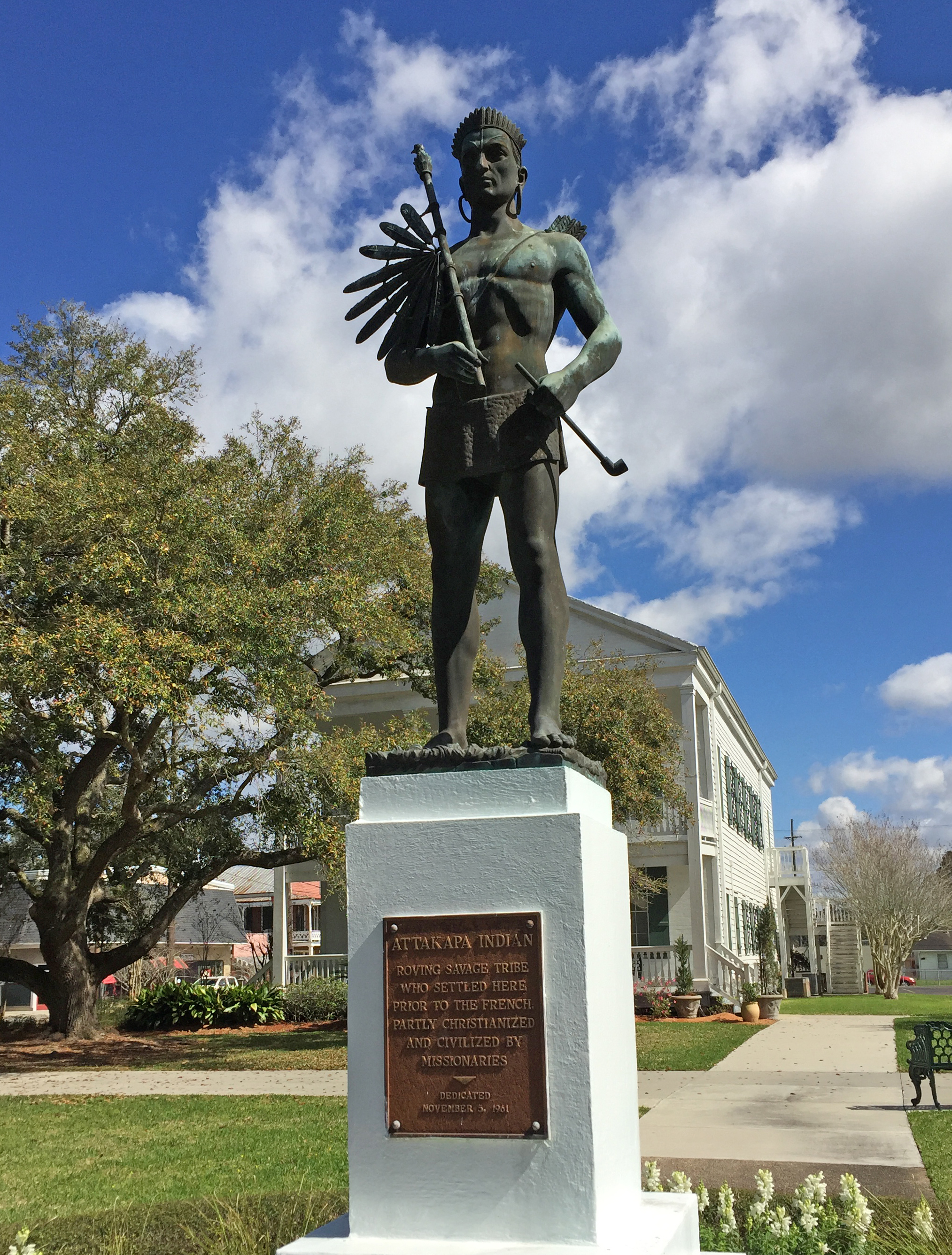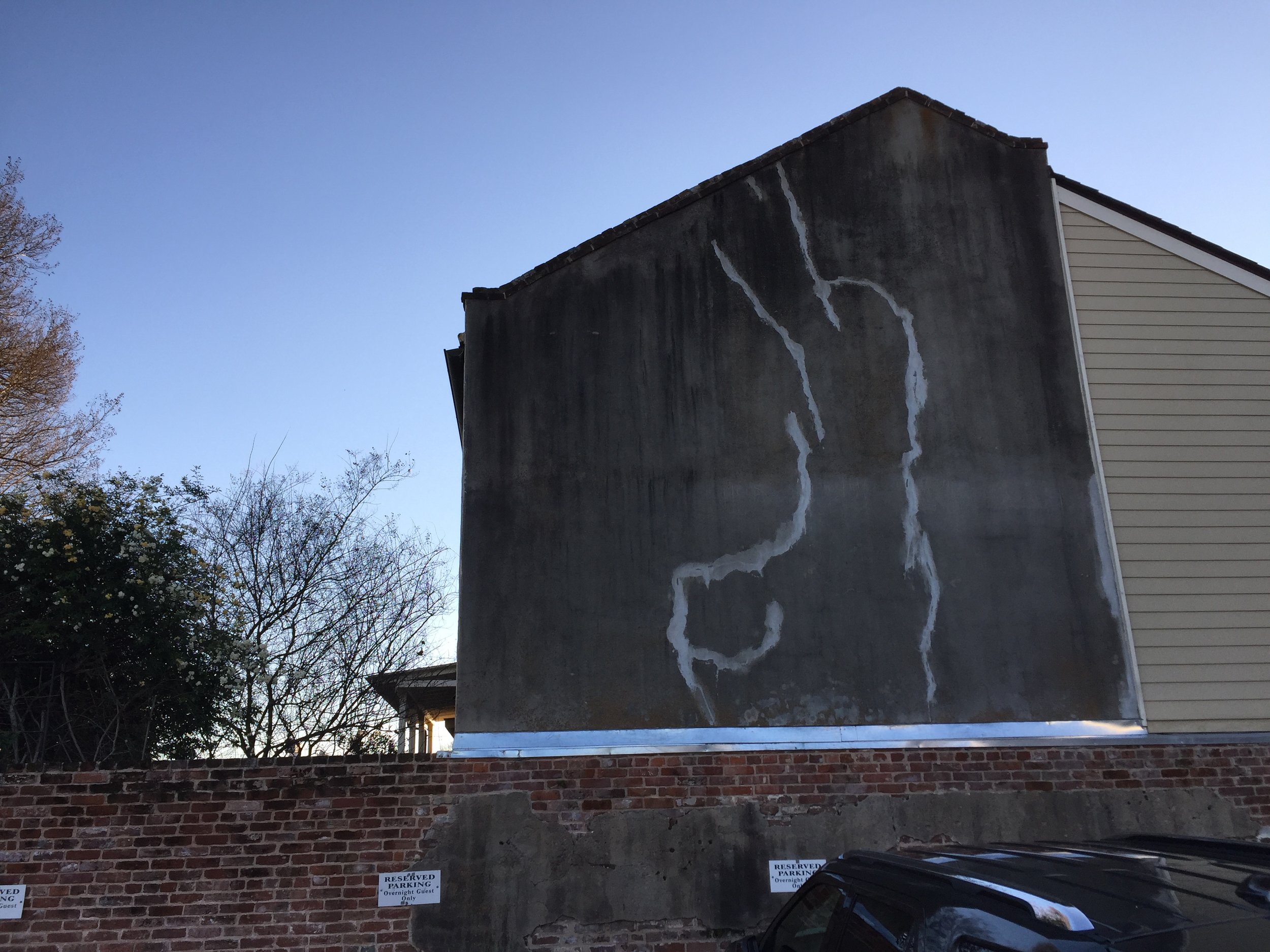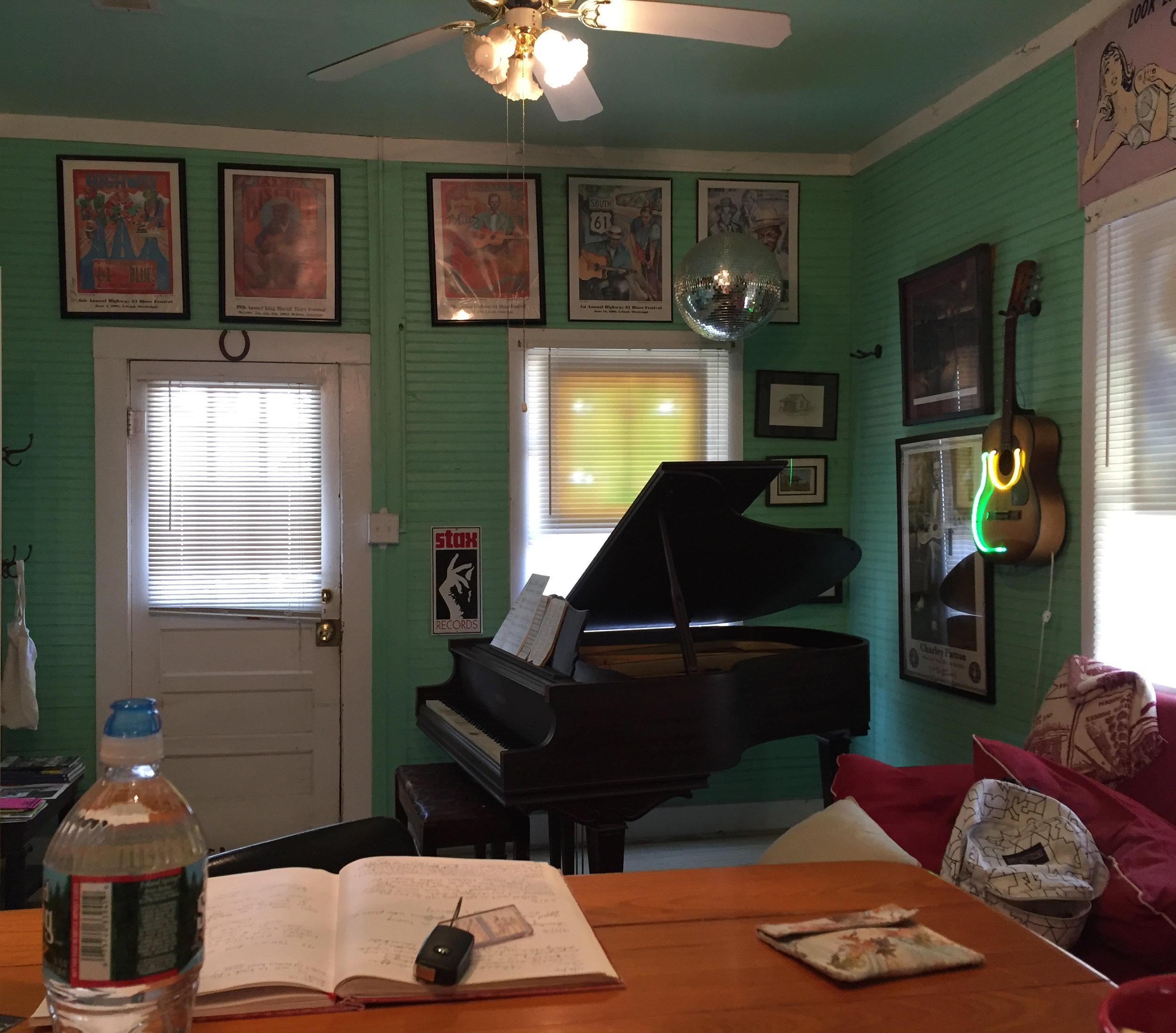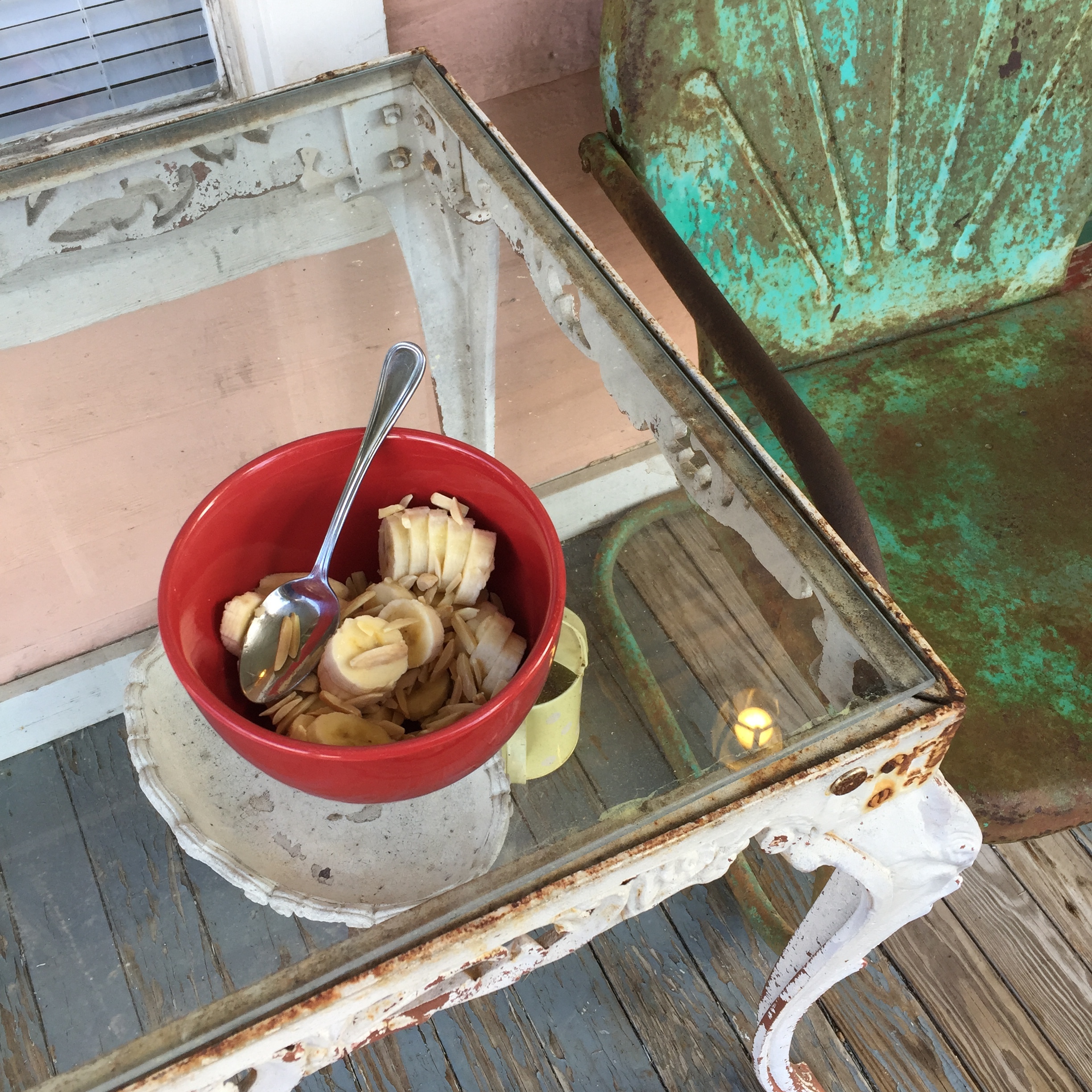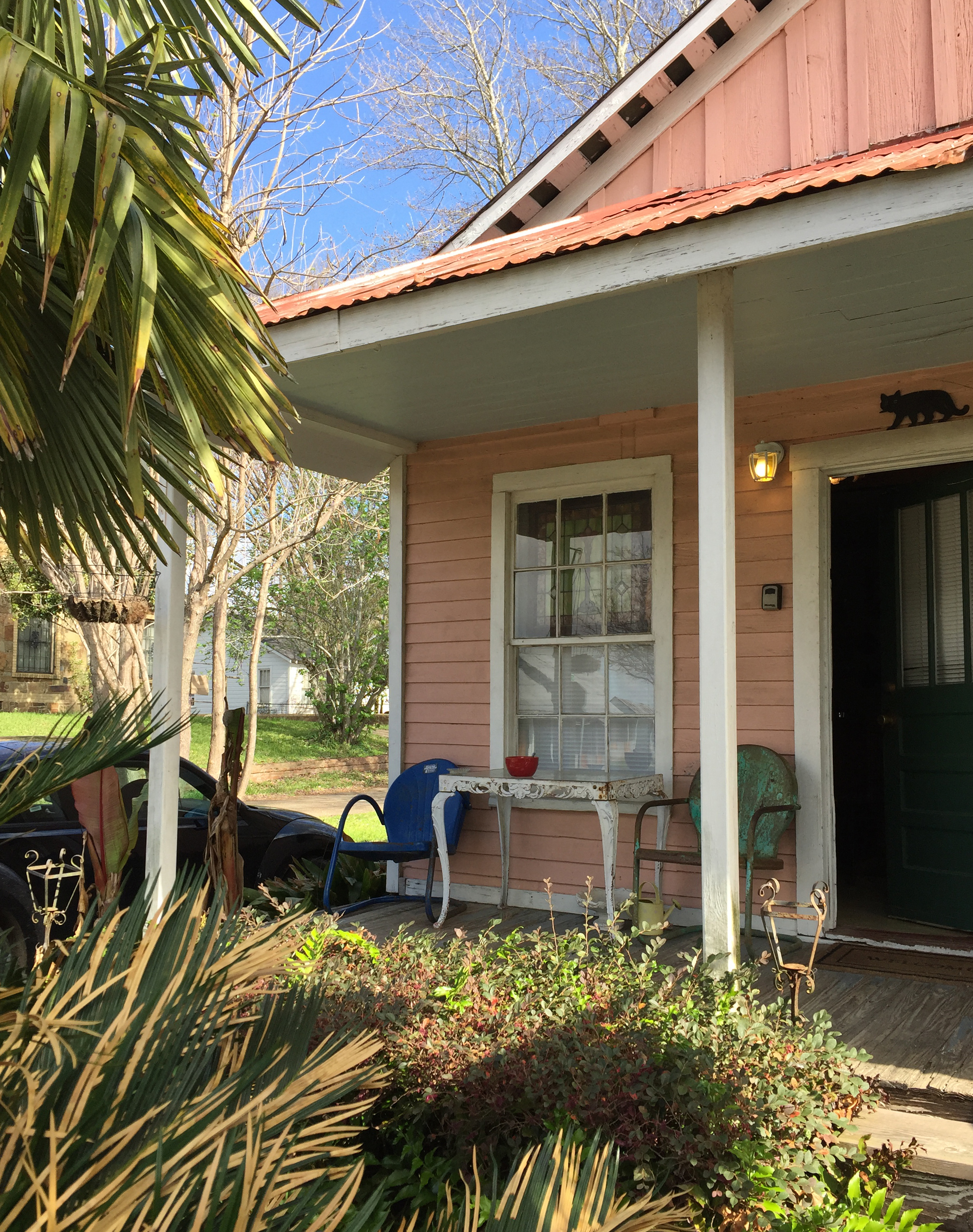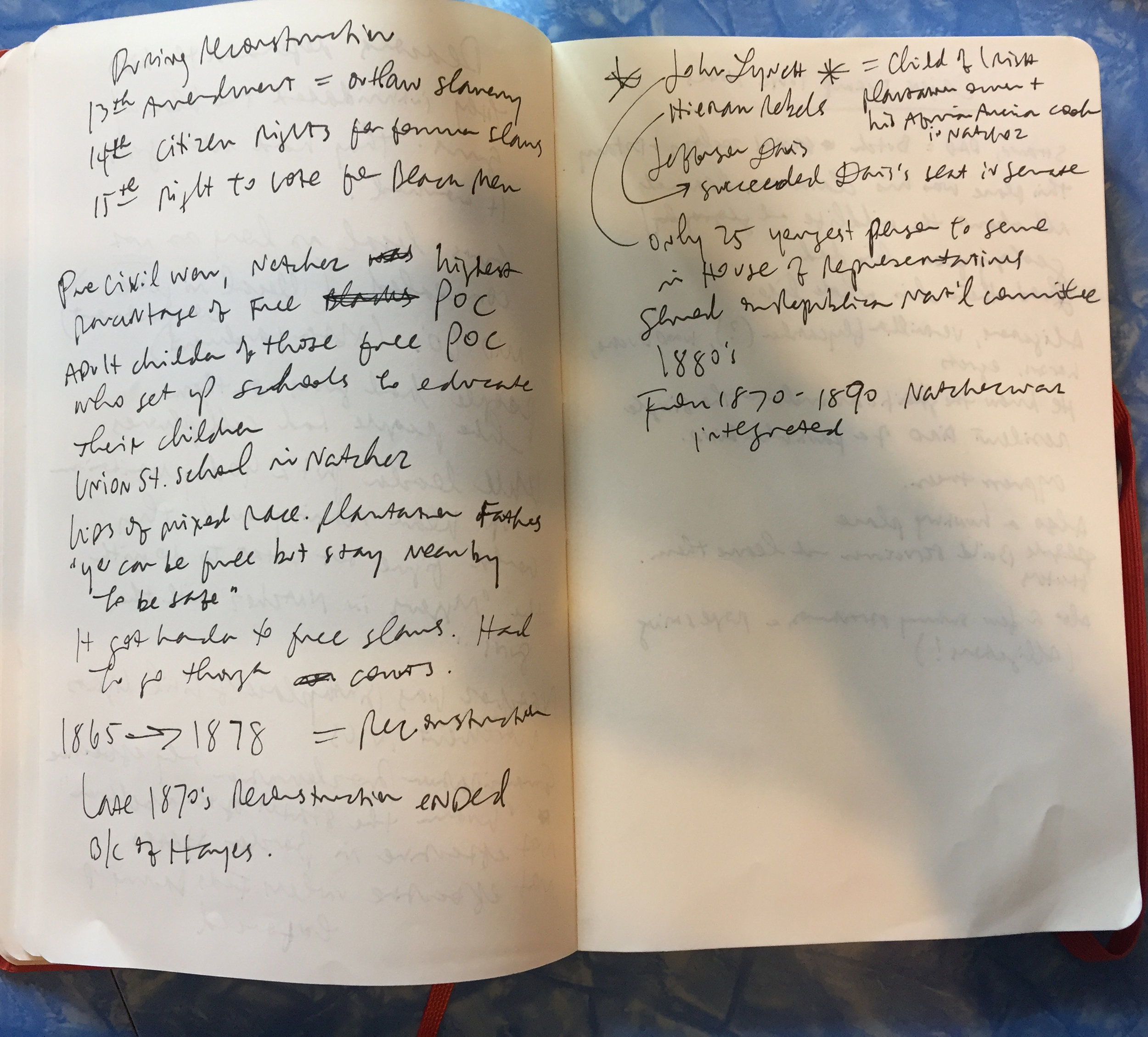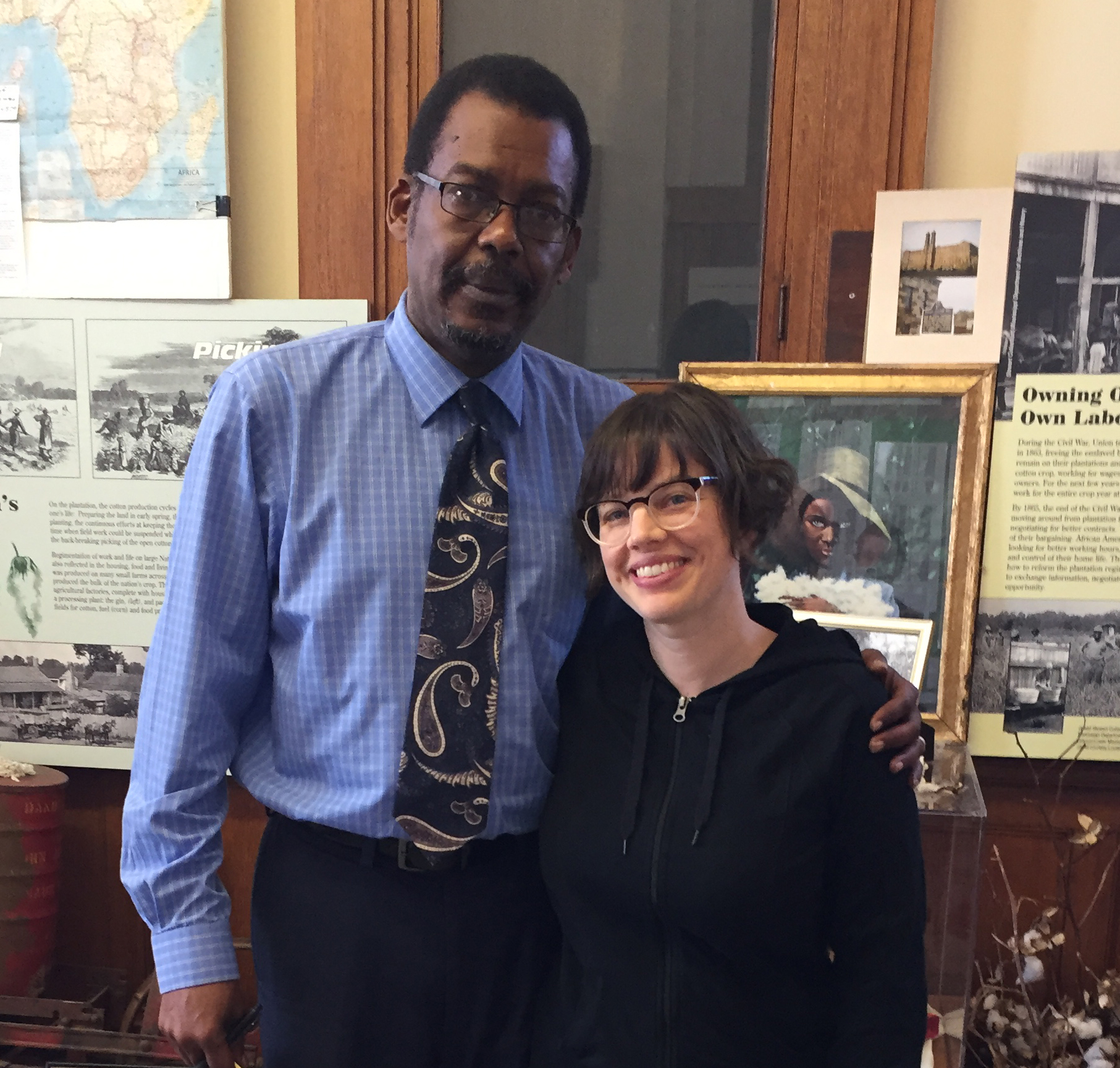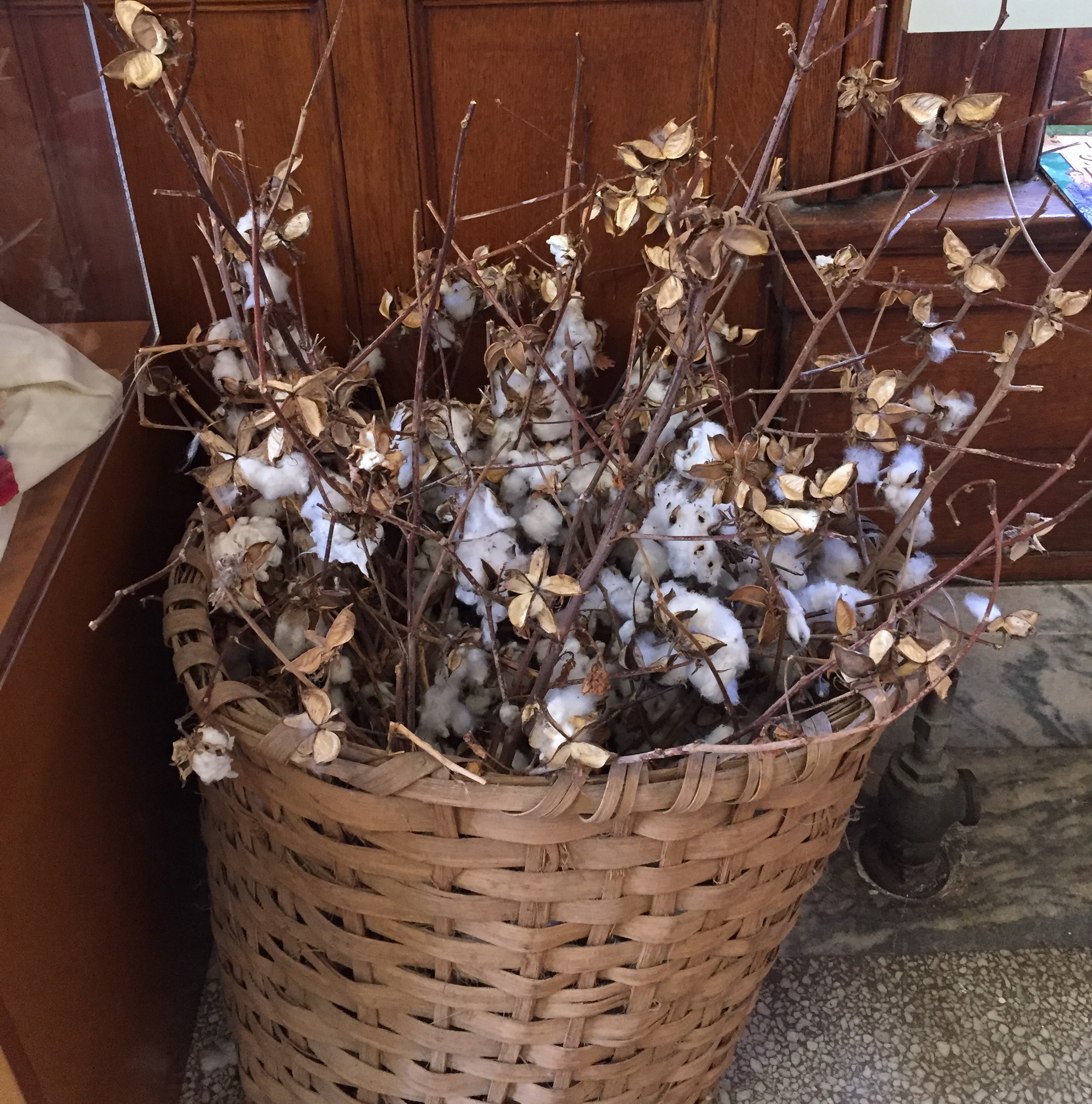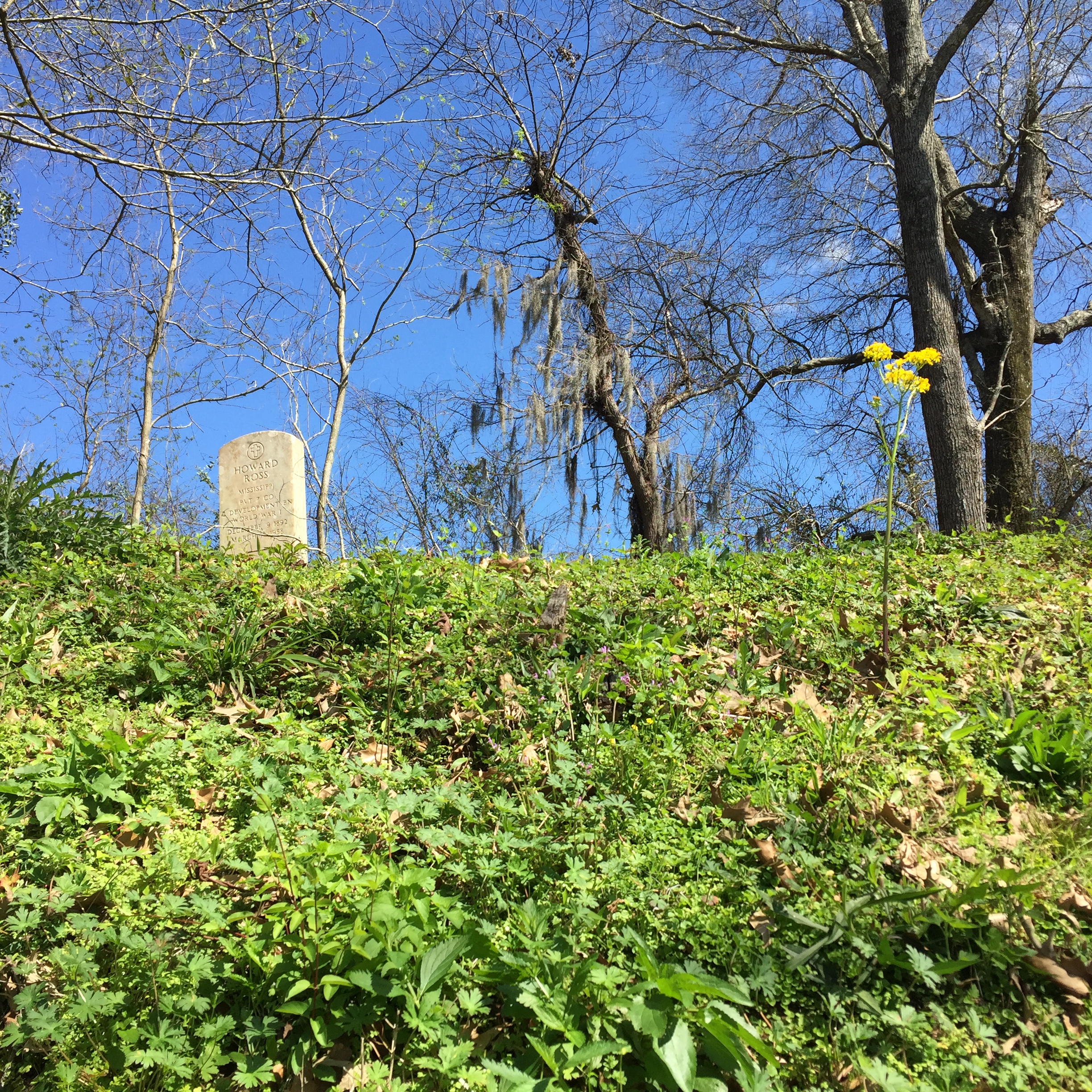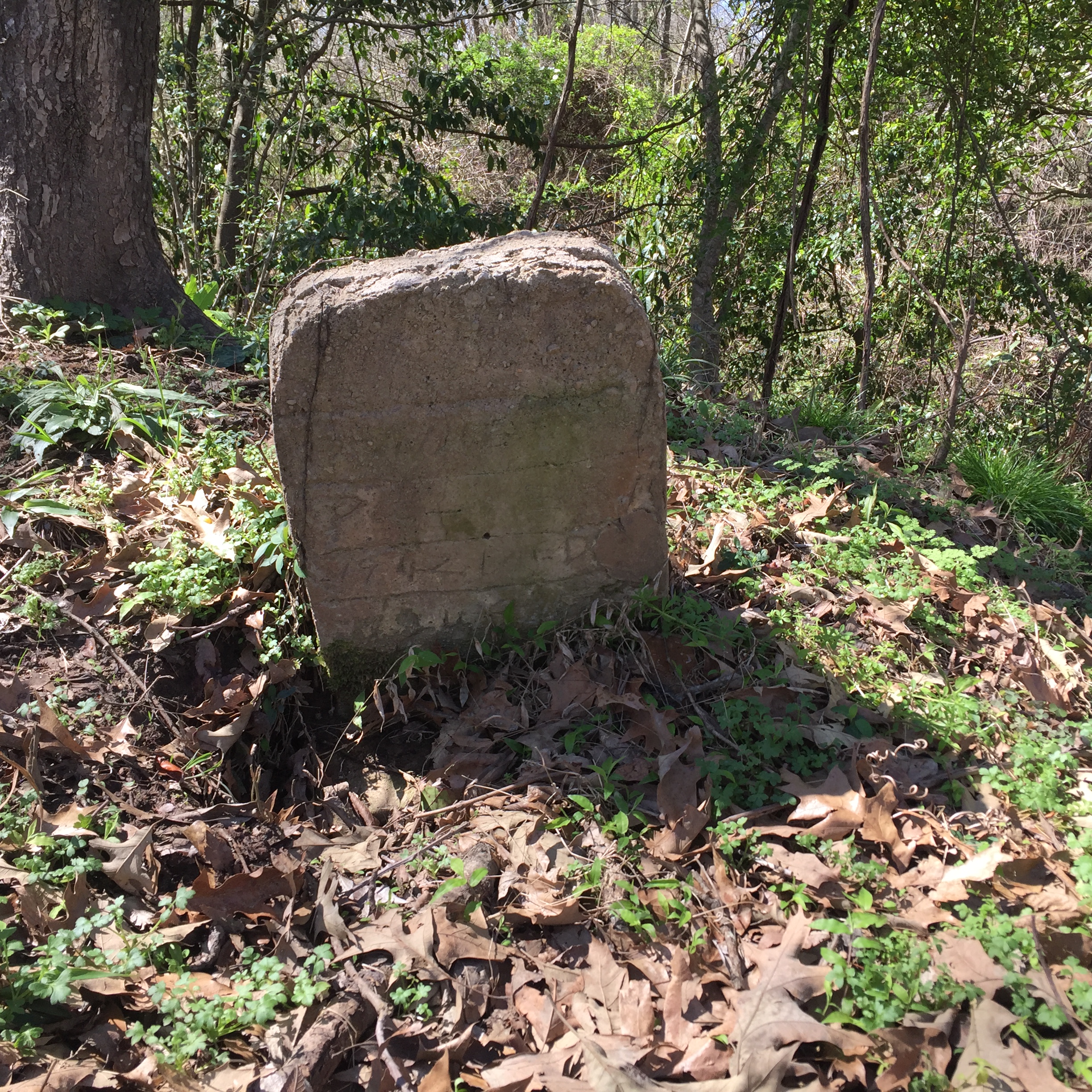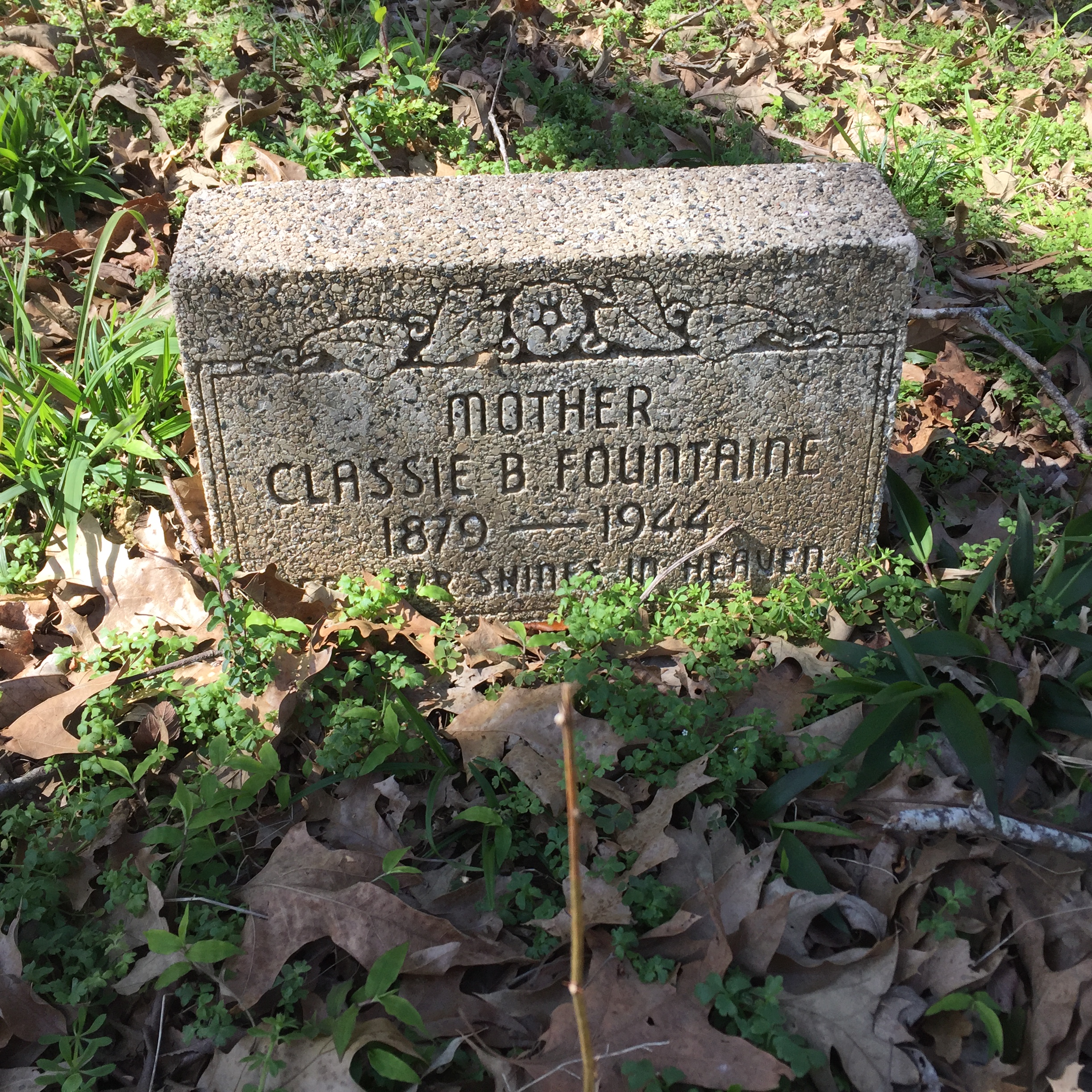“Let me be honest with you - a feat which, by the way, I find of the utmost difficulty. When one is invisible he finds such problems as good and evil, honesty and dishonesty, of such shifting shapes that he confuses one with the other, depending upon who happen to be looking through him at the time. Well, now I’ve been trying to look through myself, and theres’s a risk in it. I was never more hated than when I tried to be honest. Or when, even as just now I’ve tried to articulate exactly what I felt to be the truth… On the other hand, I’ve never been more loved and appreciated than when I tried to ‘justify’ and affirm someone’s mistaken beliefs; or when I’ve tried to give my friends the incorrect, absurd answers they wished to hear. In my presence they could talk and agree with themselves, the world was nailed down, and they loved it. They received a feeling of security. But here was the rub: Too often, in order to justify them, I had to take myself by the throat and choke myself until my eyes bulged and my tongue hung out and wagged like the door of an empty house in a high wind. Oh, yes, it made them happy and it made me sick. So I became ill of affirmation, of saying ‘yes’ against the nay-saying of my stomach - not to mention my brain.”
- Ralph Ellison, Invisible Man, 1947

